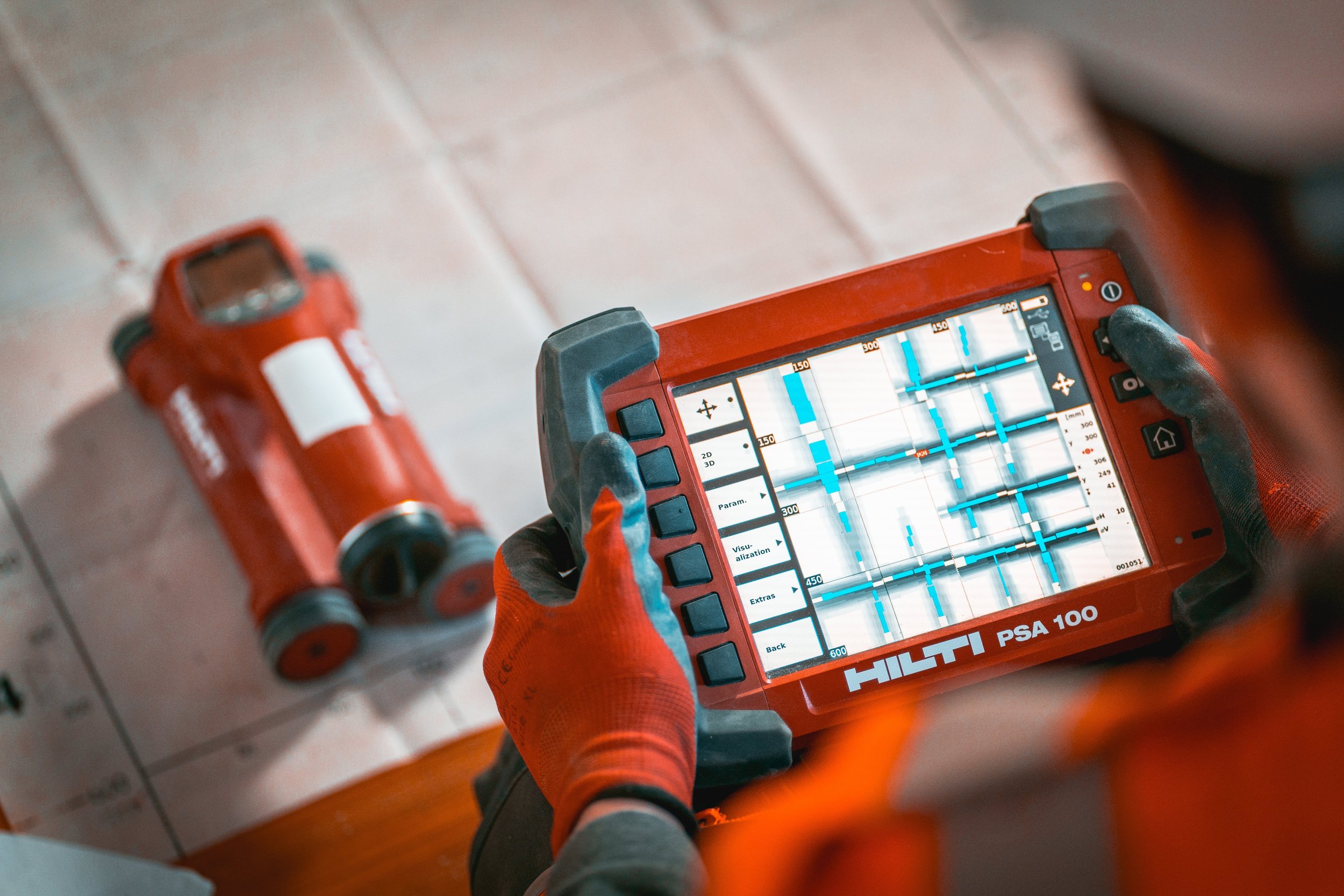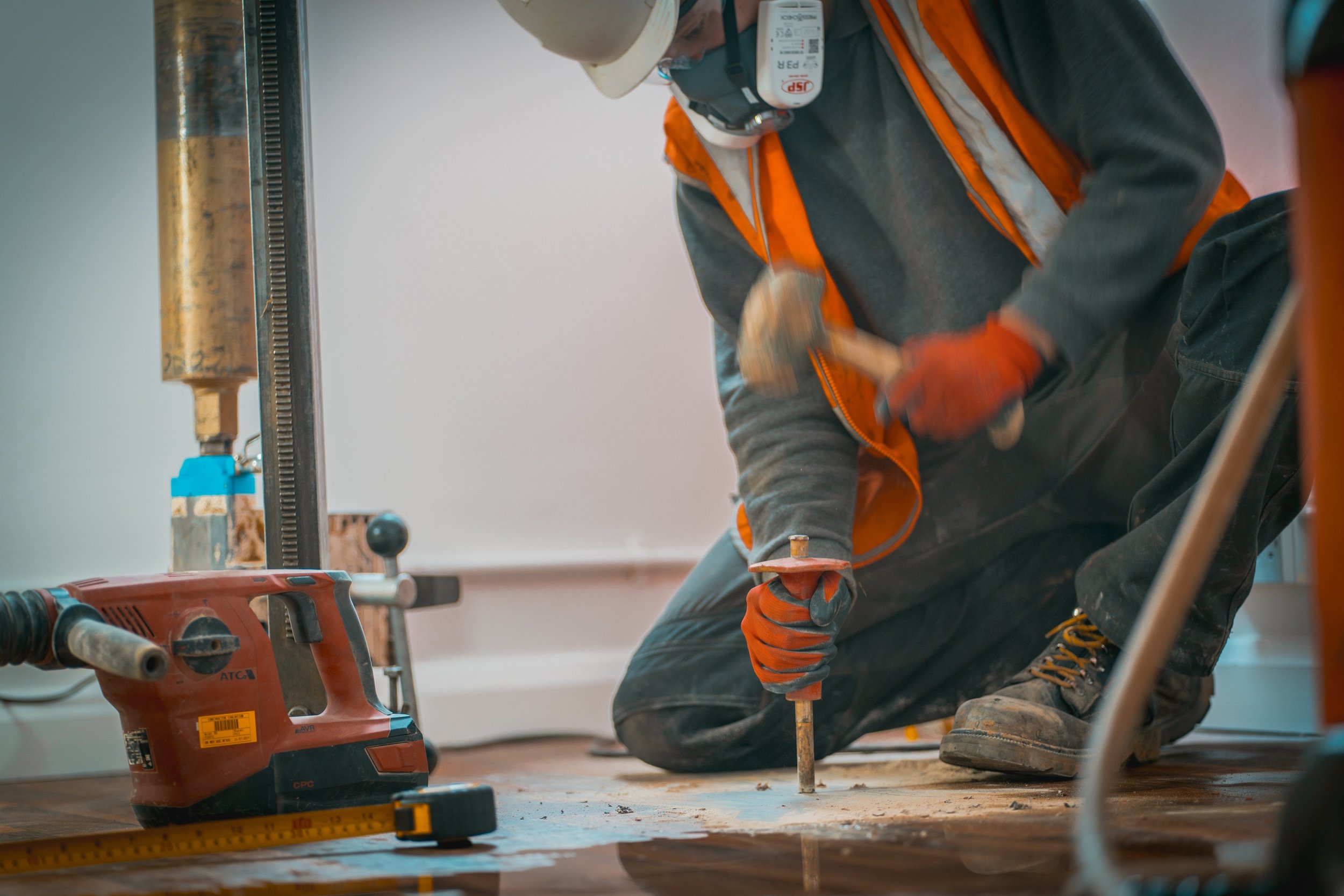
Weldability Analysis
Weldability Analysis
In the construction and fabrication industries, understanding the carbon content of metal structural elements is crucial for ensuring the integrity and performance of welds. At Construction Diagnostics, we specialise in structural evaluation and material assessment services, including comprehensive weldability testing. This page provides valuable insights into the importance of assessing carbon content and the methodologies employed to conduct weldability tests.
What is Weldability Testing?
Weldability testing is a series of evaluations designed to determine the ability of a metal to be welded without defects. It assesses factors such as microstructure, hardness, ductility and carbon equivalent formula. These tests help identify how different materials will react to welding processes and the risk of issues such as cracking or poor joint quality.
Methods for Assessing Carbon Content
At Construction Diagnostics, we utilise advanced testing methodologies for accurate carbon content assessment, including:
Spectroscopic Analysis: Techniques such as Optical Emission Spectroscopy (OES) provide precise measurements of carbon levels in metal samples.
Chemical Analysis: Steps such as combustion analysis enable us to quantify the carbon content effectively.
Mechanical Testing: Assessments to evaluate how varying carbon contents affect material properties during welding.
Importance of Carbon Content Assessment
Carbon content plays a significant role in determining the weldability of steel and other metal alloys. Higher carbon levels can lead to increased strength but may also reduce ductility and toughness. This trade-off is critical when selecting materials for structural applications.
Maximising Strength and Durability: By accurately assessing carbon content, engineers can select appropriate metallurgical processes to enhance the strength and longevity of structural components.
Ensuring Safety and Compliance: Structures must conform to stringent safety standards and regulations. Knowledge of carbon content helps ensure these materials meet required specifications.
Optimising Welding Processes: Understanding the carbon content allows for the selection of the right welding techniques and filler materials, minimising defects.
Contact Us
Assessing the carbon content of metal structural elements is integral to ensuring successful welding and structural integrity. At Construction Diagnostics, our commitment to quality and precision in weldability testing ensures reliable results that comply with industry standards.
For professional assistance in assessing carbon content through weldability testing and other material evaluation services, contact us today to discuss your project requirements.
Our Services
Please Click on the tiles below to find out more about the services we offer
Contact Us
If you have any queries about any of our services please contact us, a member of our team will be happy to advise.






